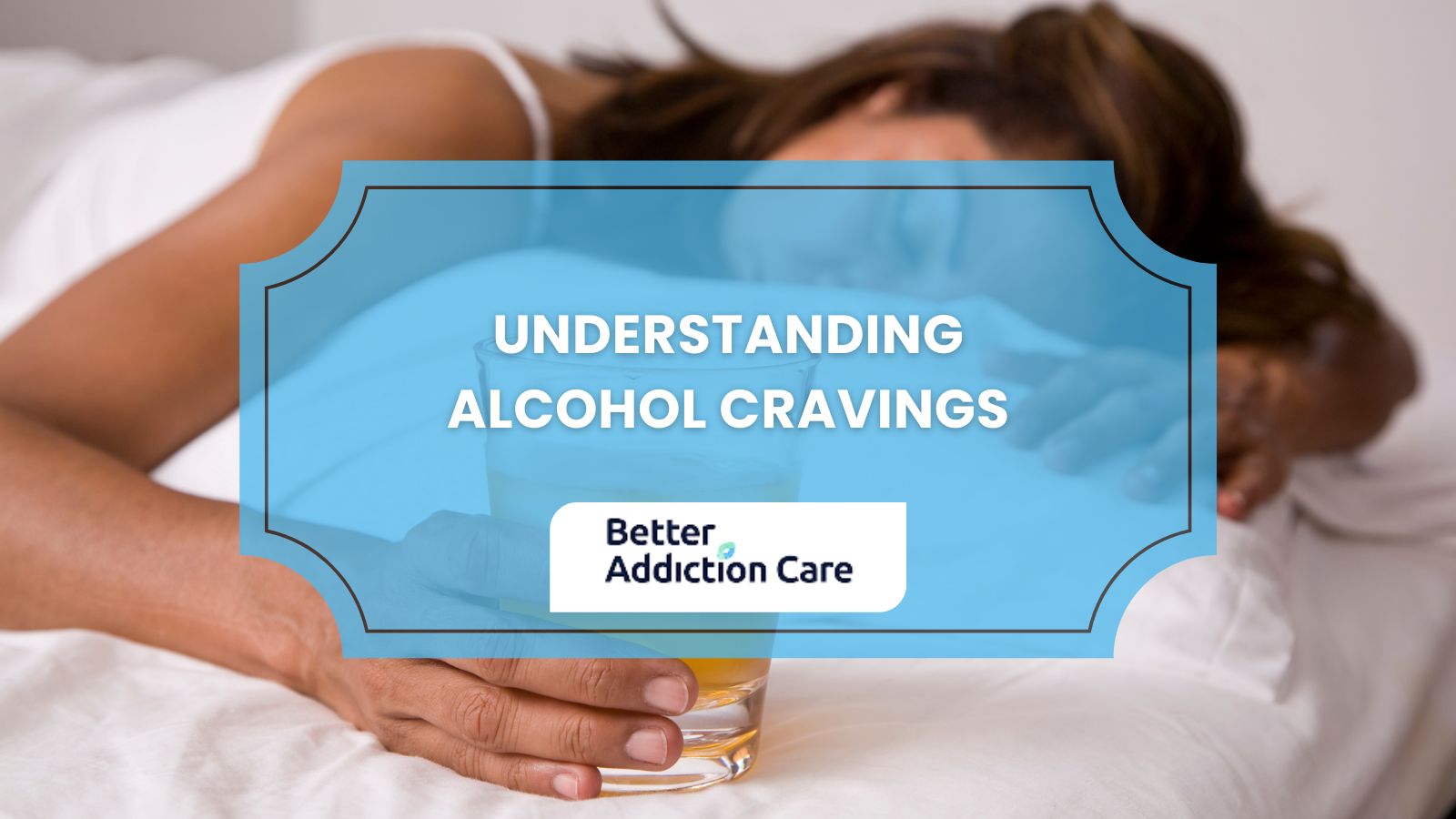What are the Effects of End-Stage Alcoholism?
End-stage alcoholism is marked by severe organ damage (e.g. liver failure, brain degeneration), chronic dependence behaviors (e.g. compulsive drinking, acute withdrawal), and collapse in life functionality (e.g. lost relationships, inability to work), representing a dangerous intersection of biological deterioration, behavioral disruption, and social decline.
Alcohol Use Disorder (AUD) is a chronic, relapsing disorder that includes an early, middle, and end stage. It’s a major health issue worldwide. As the World Health Organization (WHO) statistics show, almost 3 million deaths occur annually as a direct result of alcohol use, and it is the fourth-leading cause of preventable death in the US.

The outcomes of end-stage alcoholism can be catastrophic and harm physical, psychological, and social aspects of one’s life.
In this article, you will learn about all these devastating effects, but also about the available ways to reduce the negative outcomes of this common addiction.
What is End-Stage Alcoholism?
End-stage alcoholism is the final and most severe phase of alcohol use disorder, where prolonged heavy drinking causes irreversible damage to vital organs, intense physical dependence, and profound social, emotional, and cognitive decline.
The progression of alcohol use disorder (AUD) to end-stage alcoholism can vary from person to person, and the timeline is not the same for everyone. Distinct features and effects characterize each step. Not everyone with AUD will progress to end-stage alcoholism, as individual experiences and circumstances can vary significantly.
What are the stages of alcoholism?
Alcoholism progresses through pre-alcoholic, early, middle, and late (end-stage) phases, each marked by increasing tolerance, dependence, physical deterioration, and loss of control over drinking behavior.
Pre-Alcoholic Stage
The pre-alcoholic stage is when drinking begins as a social habit or stress reliever, but gradually becomes routine, often used to cope with emotions, while tolerance increases and early signs of dependence quietly take root.
Early-Stage
In this stage, people usually abuse alcohol just in social settings or occasionally binge drinking, but addiction or lack of control is not obvious; there isn’t a serious impact on their lives. They may face negative effects like hangovers, passing out, or problems in their relationship, jobs, or school. Despite that, they have some control over their alcohol consumption.
Middle-Stage
In this stage, people begin drinking more often and in greater amounts, developing warning signs and deeper tolerance to alcohol and experiencing symptoms of withdrawal when they stop drinking. As time goes by, their capacity to regulate alcohol intake gradually worsens, and it becomes very hard to stop drinking or to drink moderately.
End-Stage
End-stage alcoholism depicts the worst and most advanced stage of alcohol addiction. Alcohol dependency has progressed to a level where it is rather unhealthy and dangerous for the person.
When attempts are made to stop or reduce drinking, severe withdrawal symptoms, often life-threatening, show themselves.
#BBD0E0 »







